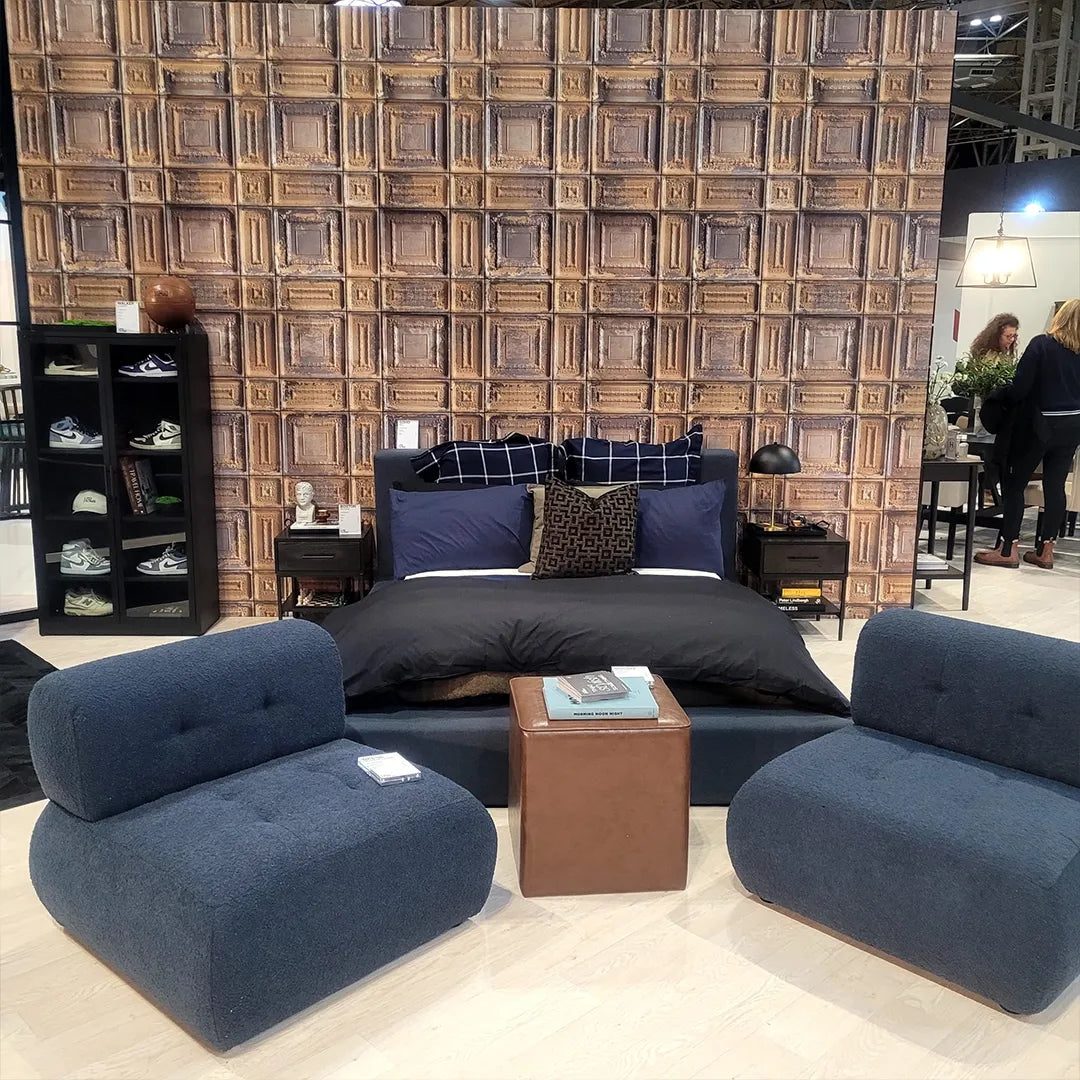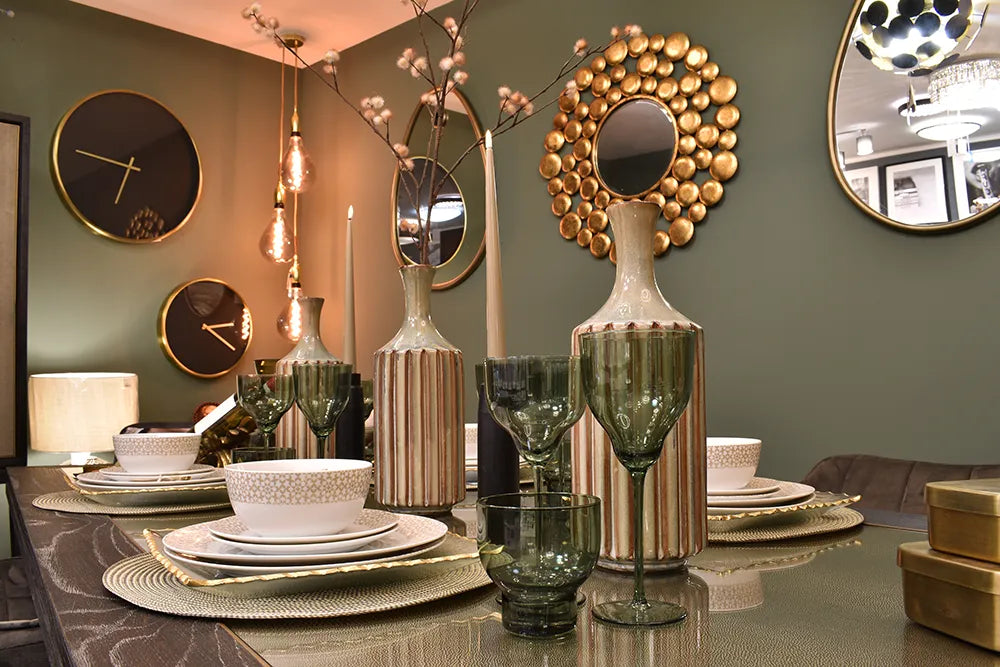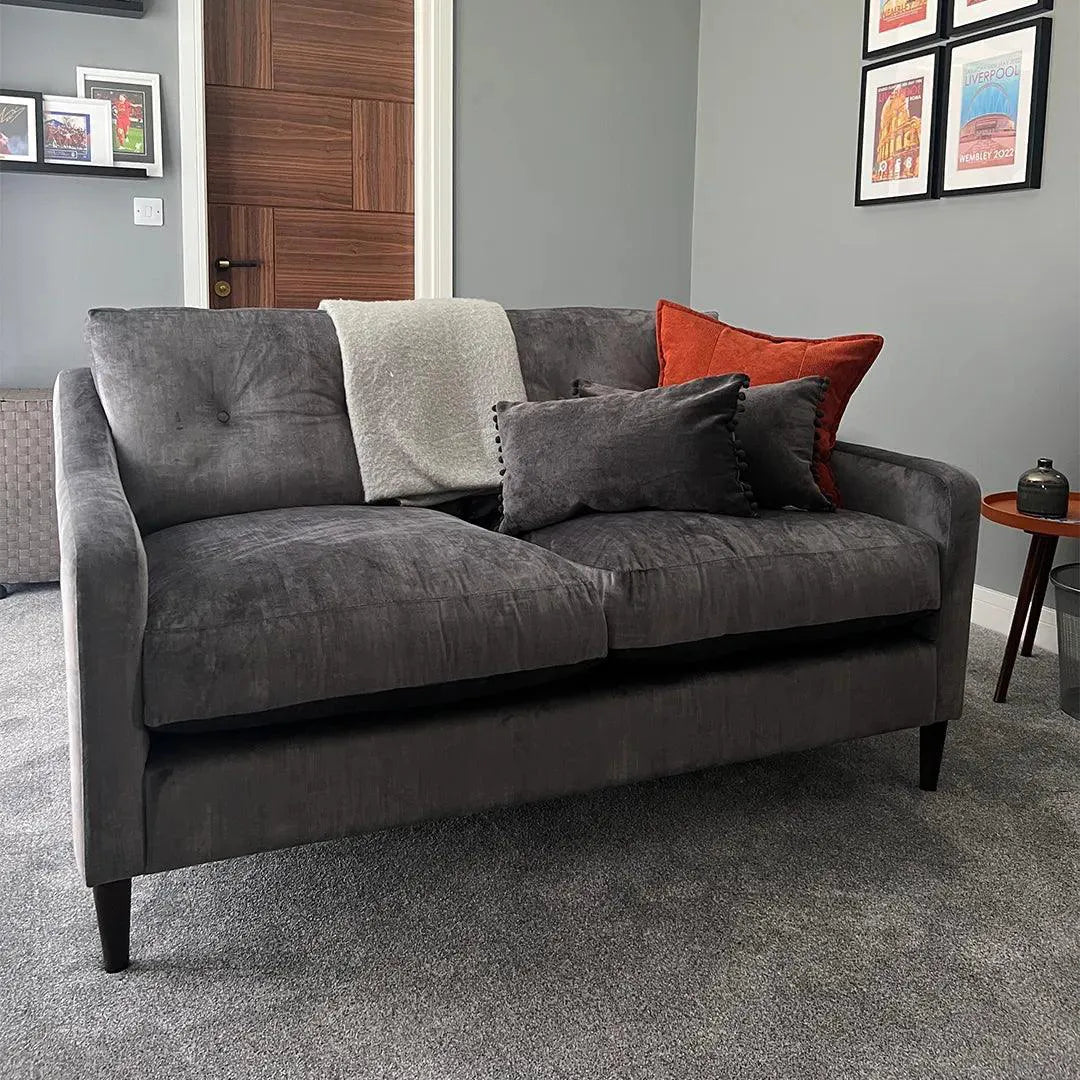Embrace the Transformation: Changing Your Home Colours for a Fresh New Look
The ambience of our homes significantly impacts our emotions and overall well-being. It's no surprise that many of us desire a refreshing change in our living spaces from time to time. One of the most effective and affordable ways to achieve this transformation is by changing the colours of our homes. Whether you're seeking a serene sanctuary or a vibrant atmosphere, altering the colours of your home can create an entirely new vibe. In this blog, we'll explore the art of changing your home colours and how it can revitalise your living space.
Find Inspiration
Before diving into the process of changing your home colours, it's essential to gather inspiration. Browse through interior design magazines, websites, and social media platforms like Pinterest for colour schemes that resonate with your taste and lifestyle. Consider factors such as the size of your rooms, the amount of natural light, and your existing furniture and decor. Visualise how the colours you like would complement your space and make a mood board to better understand how everything comes together.
Start with Small Changes
If you're uncertain about committing to a new colour scheme, start with small changes. Experiment with colourful accents, such as throw pillows, rugs, curtains, or artwork, to see how the colours interact with your current decor. This allows you to test the waters before taking the plunge into a complete overhaul.

Choose a Colour Palette
Selecting the right colour palette is crucial in creating the desired ambience in your home. There are several approaches to choosing a colour scheme:
Monochromatic: This involves selecting various shades and tints of a single colour, creating a harmonious and calming effect.
Complementary: Pairing colours from opposite ends of the colour wheel (e.g., blue and orange or red and green) adds vibrancy and energy to a space.
Analogous: This involves choosing colours that are adjacent to each other on the colour wheel, creating a cohesive and soothing atmosphere.
Neutral: Using neutral colours like beige, grey, or white as the base can create a timeless and elegant look, while allowing you to incorporate pops of colour through decor.

Consider the Lighting
Lighting plays a significant role in how colours appear within a space. Natural light can enhance or mute certain shades, while artificial lighting can create different atmospheres during the evening. Consider the direction your windows face and how much light enters each room throughout the day. Always test paint samples on your walls under various lighting conditions before finalising your decision.
Paint with Precision
When you're ready to paint, take your time to prepare the walls properly. Clean them thoroughly, patch any imperfections, and apply a primer before painting to ensure the best results. If you're unsure about your painting skills, consider hiring a professional painter to achieve a flawless finish.
Harmonise with Existing Decor
To achieve a cohesive look, ensure that the new colours harmonise with your existing furniture and decor. You may need to move or update certain pieces to align with the new colour scheme. Additionally, consider the psychological effects of colours; for instance, blues and greens are calming, while reds and oranges are energising.
Embrace Contrast
Adding contrast to your home can make a powerful impact. Pair light and dark shades or incorporate a bold accent wall to add depth and drama to a room. Contrast can create focal points and highlight specific areas, directing attention to your favourite aspects of your home.
Changing the colours of your home can be an exciting journey that breathes new life into your living spaces. Remember, it's not just about painting walls; it's about creating an environment that nurtures and inspires you every day. So, roll up your sleeves, unleash your creativity, and embark on this colourful adventure to revitalise your living space.











